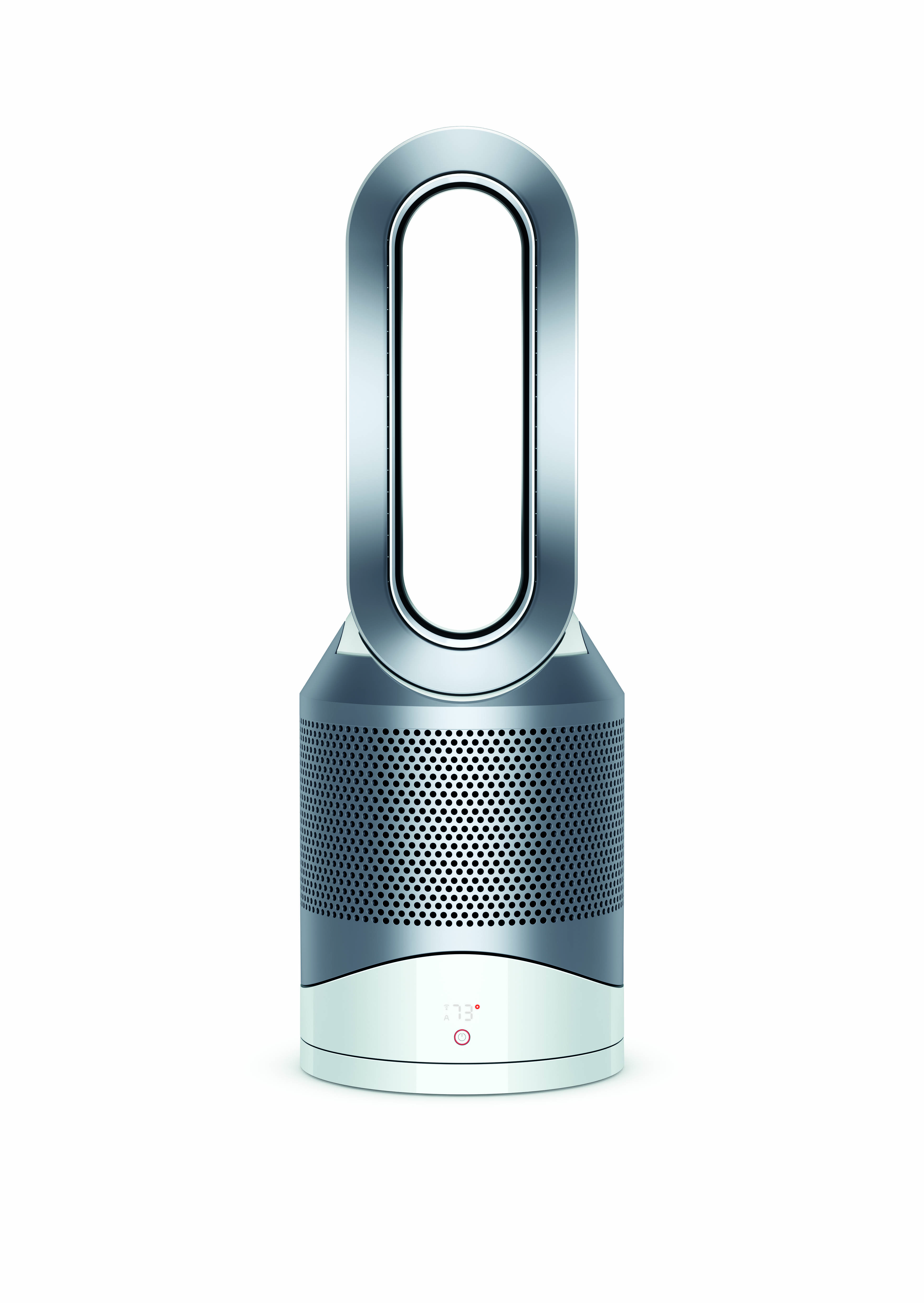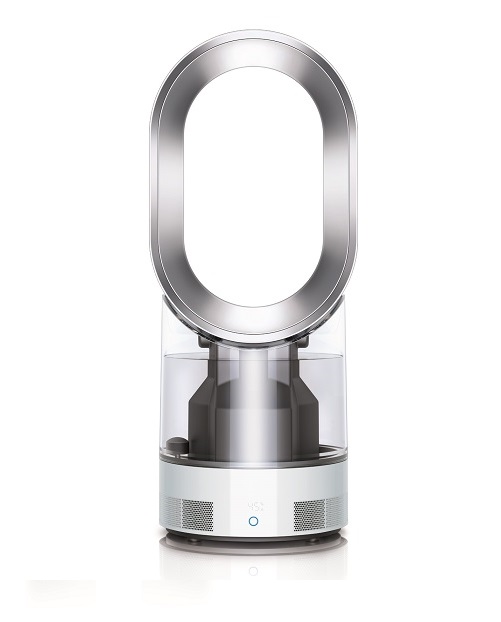*We’ve partnered with Dyson to help you create a cleaner home for you and your baby.
Your baby makes their way into the world, and as far as parents know, is instantly confronted with dangers at every turn. You spend hours planning out organic meals, stocking up on natural skincare products and researching that perfect, green certified mattress so baby sleeps easy. In all the chaos, however, the thing most often overlooked is making sure that the air they breathe inside of your home is safe as well.
We’re all aware of outdoor pollutants such as fuel exhaust and cigarette smoke, but far fewer of us are as vigilant about pollutants inside, which are the result of common household items such as cooking on gas stoves, lighting scented candles and even using common cleaning products themselves.
“According to the EPA, exposure to indoor air pollutants such as dust mites, molds, viruses, lead and other contaminants result in a wide array of health issues, ranging from asthma to cancer,” says neuroscientist Dr. Claudia Aguirre. “Indoor air quality affects our cardiovascular system, our vision, hearing, growth, and even our intelligence and learning.”
Adults and older children may benefit from an in-home detox, but your baby practically requires one. And detoxifying your home isn’t as challenging as it sounds. Here are 4 simple ways to keep the air in your home healthy for your baby:
- Switch to natural cleaners. Most household cleaners contain hundreds of harmful chemical cleansers. A few of the more common ones to watch out for are 2-butoxyethanol (a toxic solvent notorious for damaging red blood cells and irritating eyes), DEGBE (which can irritate and inflame the lungs, formaldehyde and ethanolamine (which can trigger asthma attacks.) So make sure and look at ingredient lists with a scrutinizing eye. You can also create a whole range of effective and safe DIY cleaners using things you probably already have in your house, such as baking soda, lemon juice, vinegar, olive oil, and various essential oils. You won’t get a harsh chemical odor, any harmful side effects, and they’re typically far more cost effective than store bought cleaners.
- Bring plants into your home. Need a good looking and cost effective way to improve the air quality in your home? Head over to your local plant nursery. Houseplants, and the microorganisms that live in them, can remove a whole host of chemicals from the air, like trichloroethylene, benzene, formaldehyde, xylene, and ammonia. Consider mums, aloe, ficus, bamboo. In addition to being pretty, they’re also resilient, meaning that skipping a watering or two won’t hurt.
- Replace your filters regularly. Most humidifiers breed mold and bacteria within just minutes of you turning them on, and then they blow that mold and bacteria around the room. Be vigilant about cleaning the filters in your humidifiers, air purifiers, and vacuum cleaners, and make sure to invest in one that uses ultraviolet light technology to kill the bacteria before it’s misted out into the air in your home.
- Invest in an air purifier. Indoor pollutants are rampant and mostly invisible. From mold to cleaning chemicals, mildew to cooking fumes and pet dander, there’s a reason that air purifiers are climbing to the top of “nursery must-haves” lists of expectant parents. Used in conjunction with the other methods listed here, air purifiers can significantly improve in-home air quality and can promote more comfortable sleep for the entire family
Shop these solutions:
 |
 |
| Dyson Pure Hot+Cool Link Air Purifier. Buy it here. | Dyson Humidifier. Buy it here. |
